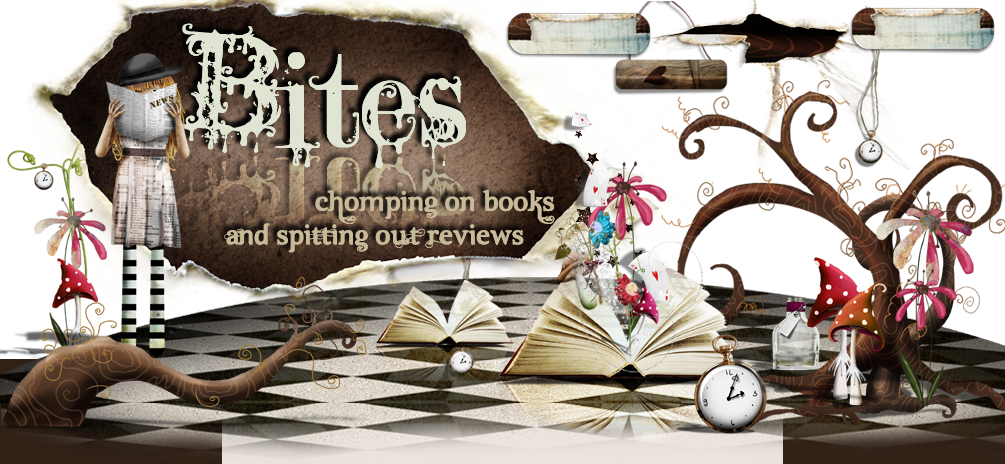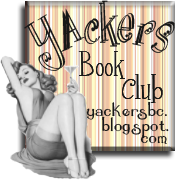 Second edition first published in 2004.
Second edition first published in 2004.Hundreds of books have been written on the art of writing. Here at last is a book by two professional editors to teach writers the techniques of the editing trade that turn promising manuscripts into published novels and short stories.
In this completely revised and updated edition, Renni Browne and Dave King teach you, the writer, how to apply the editing techniques they have developed to your own work. Chapters on dialogue, exposition, point of view, interior monologue, and other techniques take you through the same processes an expert editor would go through to perfect your manuscript. Each point is illustrated with examples, many drawn from the hundreds of books Browne and King have edited.
If you’re even considering the thought of editing your own work, whether it’s a full length novel, novella, short story, flash or whatever other piece of fiction you have, go out and buy this book now. Read it cover to cover. Take notes. Read it again. Do the exercises. Relate it to your own work. Read it again. And again. And again.
This book highlights what really are some of the most obvious fallacies a writer can make and it does it in the most poignant of ways. Everything they say is in the simplest terms. No bushes are being beaten and they don’t cut any writer any slack. Chances are, your manuscript has at least three of the fatal errors outlined in this book. At the very least. More likely, it has nearly all of them. I’m unashamed to say that the latter is me, to one extent or another.
Probably one of the greatest things to come out of this book is the acronym R.U.E., Resist the Urge to Explain. This carries over in multiple chapters, from reiterating explanation in dialogue to redundant points being made and back again. I found that a common theme in many of the editing points they make boils down to over-explaining. Writers want to press the point so badly, and make sure the reader understands exactly what they’re saying that that they’ll flog the dead horse explaining it. Often the author, usually subconsciously, doesn’t trust the reader to get it so important points are reiterated at the expense of the reader’s intelligence.
As I write my fanfiction (yes, I write fanfiction) I'm more conscious of writing mistakes that I knew I shouldn’t be making but it's something I need to re-reference in the book. For example, using dialogue tags such as “she said as she twirled her hair around her finger” are markedly amateurish. This is actually one of the points in the book I have the hardest time with. I get it but if the action is relevant, I don't see how it can weaken the writing. Here's a little further explanation on this from a comment I made on the original post--
. . . Chapter 11, Sophistication. According to the authors, “Both the 'as' construction and the '-ing construction' as used above are grammatically correct and express the action clearly and unambiguously. But notice that both of these constructions take a bit of action (”She pulled off her gloves”) and tuck it away into a dependent clause (”Pulling off her gloves . . .”). This tends to place some of your action at one remove from your reader, to make the actions seem incidental, unimportant. If you use these constructions often, you weaken your writing.The two examples they gave are, “Pulling off her gloves, she turned to face him” and “As she pulled off her gloves, she turned to face him.”
They then go on to say–”We’re not suggesting that you avoid these phrases altogether. There are going to be times when you want to write abou
t two actions that are actually simultaneous and/or genuinely incidental–actions that deserve more than a dependent clause. And given the choice between an 'as' or '-ing' construction and a belabored, artificial alternative, you’re well advised to use the 'as' or '-ing.' But be aware that hacks have long ago run these useful constructions into the ground. Learn to spot them in your own writing and, if you see more than one or two a page, start hunting around for alternatives.”
This is the second to last chapter so most of the points made in this one and the following are more about fine-tuning the work after all the other stuff has been fleshed out. The authors are crazy adamant about eliminating hacks (I can’t count how many times they repeat the word) so any style common in hack writing, they’ve pounced on. So it’s not that it’s wrong, it’s just more of an easy, lazy way out. And I know I’m guilty a hundred times over, at least.
I still have the most trouble with that one and I'm more inclined to think they've just seen that technique used so much in writing that they want to see alternatives. Too much of anything is bad technique but I think this is the only borderline point they made.
I also see flaws in works that I read, ones that I didn’t see before, especially in web serials, because of this book. I bite my tongue, of course, because I’m not these people’s editor and it’s much more than just an improperly punctuated sentence but this book has made me so much more aware of others’ flaws as well as my own weaknesses.
For instance, I’m getting better at spotting redundant text in writing but that’s still very hard for me. My eyes see someone making a point, not beating me over the head with it. That’s another chapter I need to read again (as if I’m not going to read all of them again, right?) because I want to soak in all the information, make sure I’m getting it right and apply it to my own work. I want to recognize the redundancies, not just on a small scale but a much larger one in order to make my book better.It comes with learning to be a better editor that the ability to look at works more for fun kind of starts to fade. It becomes harder and harder to turn that editor off and just read, especially after reading a book like this. I just have to keep telling myself to shut up and read because I like the story. But I think that’s a small price to pay in order to make my work that much better. I can chain the inner editor up when I’m not using her, even though I might be able to hear her screams but I’d rather have that than no inner editor and novels that should never see the light of day.
So if you want to edit, you want to do it well, do it right and make your manuscript as good as it can be, pick up this book. I’ve even made it super easy for you. You don’t even need to leave your seat. Just go to my Amazon widget to the right and click until you find the book and buy it. I promise you, you won’t regret it.
Really, there’s a reason why every writer I’ve met, both in person and over the internet, recommends this book to edit their novels. Just remember, these are not hard and fast rules. Keeping to them too strictly will just result in sterile writing and you don't want that. Listen to your own judgment and make the call based on that.
















4 comments:
I bought this book from Amazon last year, but haven't had a chance to read it. It sounds really good and something I'll make use of when I'm editing.
But right now, it'd be a bad idea considering I'm trying to reign in my inner editor.
Yeah, goading the editor when you're trying to keep her in check isn't the best of things.
Ah yes, the dreaded inner editor. Mine is taking a break, until I get back the results from the Betas. Then it is time to hack and slash once again!
Of course I am reading my own how to book: Writing the Breakout Novel.
I've heard of that book but I haven't picked it up yet. I have How to Write and Sell a YA Novel (or something like that) and The First Five Pages.
Post a Comment